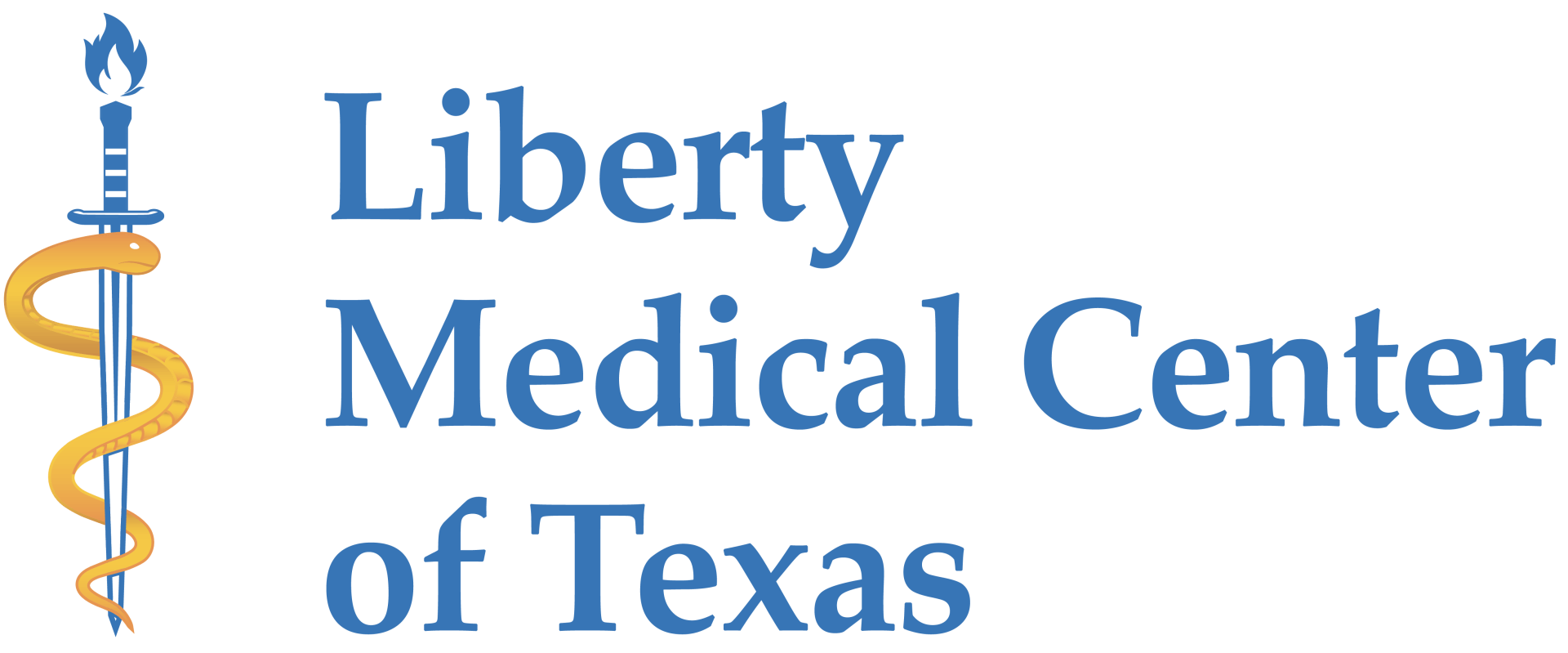Hypervigilance: Understanding and Dealing with the Heightened State of Alertness
By Francine Brie
July 18, 2023
By Francine Brie
July 18, 2023
 Photo from Medical News Today
Photo from Medical News Today
Post-Traumatic Stress Disorder, also known as PTSD, is a mental health condition that can severely impact an individual's mental and emotional well-being. Among the many symptoms experienced by those with PTSD, hypervigilance stands out. Hypervigilance is a heightened state of alertness that can be exhausting and debilitating. In this article, we will explore the concept of hypervigilance, its connection to PTSD, and strategies for managing this challenging symptom.
Hypervigilance, often described as an intense state of awareness or being on constant high alert, is a common symptom of PTSD. It arises as a result of the individual's perceived need to be ready for potential danger, even in non-threatening situations. It is a survival mechanism developed as a response to traumatic events, with the individual's brain remaining in a heightened state of readiness long after the trauma has passed.
Signs and Effects of Hypervigilance
- Increased Sensitivity: People with hypervigilance may become easily startled or have an exaggerated startle response, reacting strongly to unexpected sounds or movements.
- Persistent Scanning: Individuals may constantly scan their environment, observing and analyzing every detail to identify any potential threats or dangers. This excessive vigilance can be mentally exhausting and emotionally draining.
- Difficulty Concentrating: Oftentimes people dealing with hypervigilance have their attention divided between searching for potential threats and attempting to carry out daily tasks, ultimately negatively impacting their focus.
- Sleep Disturbances: The constant state of alertness can lead to difficulties falling asleep, staying asleep, or obtaining restful sleep. Nightmares related to the traumatic event are also a common disturbance of one’s sleep.
Hypervigilance is often described as an intense state of awareness or being on constant high alert...
Managing Hypervigilance
Hypervigilance is a challenging symptom that often accompanies PTSD, causing individuals to remain in a constant state of fear. It is crucial to recognize and understand this aspect of PTSD to provide appropriate support and resources. By seeking professional help, implementing relaxation techniques and developing coping strategies, individuals with hypervigilance can gradually regain a sense of safety and control.
Note: While this article aims to provide general information and guidance, it is important to consult with mental health professionals for comprehensive advice and support tailored to individual circumstances.
- Seek Professional Help: If you or someone you know is experiencing hypervigilance due to PTSD, it is essential to seek professional guidance. Mental health professionals can provide a range of therapeutic interventions tailored to address and manage hypervigilance. NIMH offers an online resource to help you locate services in your area.
- Practice Relaxation Techniques: Engaging in relaxation techniques such as deep breathing exercises, meditation, progressive muscle relaxation, or mindfulness can help reduce anxiety and promote a sense of calmness. Check out this article from LMC’s archive: Yoga helps Veterans with PTSD
- Establish Safety Anchors: Identifying and utilizing safety anchors can provide a sense of security and stability. These anchors can include trusted individuals, safe spaces, or grounding techniques that help bring focus back to the present moment.
- Develop Coping Strategies: Work with a therapist to develop personalized coping strategies to manage hypervigilance. This may involve challenging distorted thoughts related to threat perception, implementing self-care practices, and gradually exposing oneself to safe environments to retrain the brain's response to perceived danger.
Hypervigilance is a challenging symptom that often accompanies PTSD, causing individuals to remain in a constant state of fear. It is crucial to recognize and understand this aspect of PTSD to provide appropriate support and resources. By seeking professional help, implementing relaxation techniques and developing coping strategies, individuals with hypervigilance can gradually regain a sense of safety and control.
Note: While this article aims to provide general information and guidance, it is important to consult with mental health professionals for comprehensive advice and support tailored to individual circumstances.
Liberty Medical Center of Texas is one of several organizations dedicated to providing programs for mental health, trauma, PTSD, addiction, and depression for our veterans.
Related Posts:
Yoga Helps Veterans with PTSD
What is Self-Care?
Sleep: The Real Treasure of Healthy Life
Yoga Helps Veterans with PTSD
What is Self-Care?
Sleep: The Real Treasure of Healthy Life
References:
https://www.ptsd.va.gov/understand/related/hypervigilance.asp
https://findtreatment.samhsa.gov/
https://www.libertymedicalcentertx.org/whatisselfcare.html
https://www.libertymedicalcentertx.org/YogahelpsVeteranswithPTSD.html
https://www.simplypsychology.org/hypervigilance.html
https://www.ncbi.nlm.nih.gov/pmc/articles/PMC4211931/

